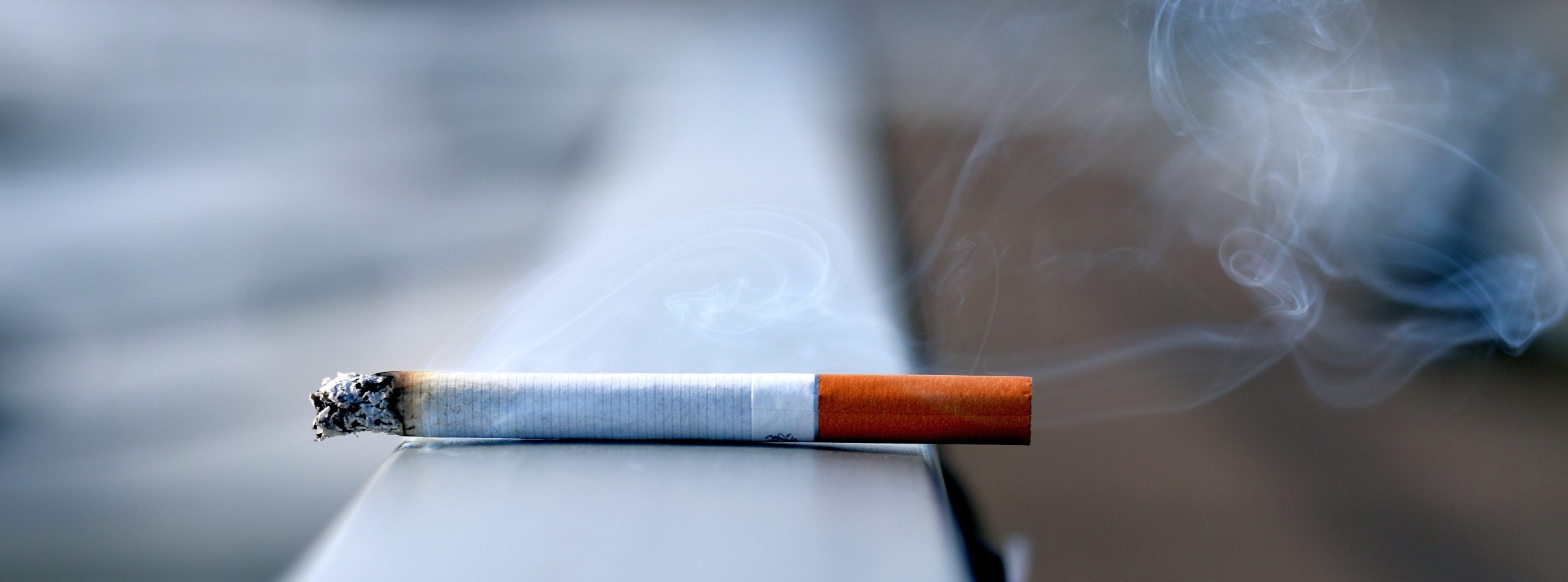 Adam Harvey-Sullivan is an Academic Clinical Fellow in Primary Care at Queen Mary University of London and GP registrar in Tower Hamlets, London. He is on Twitter/X: @DrAdamHS
Adam Harvey-Sullivan is an Academic Clinical Fellow in Primary Care at Queen Mary University of London and GP registrar in Tower Hamlets, London. He is on Twitter/X: @DrAdamHS
The Prime Minister has proposed new legislation to end cigarette sales to those born on or after 1 January 2009. Is the proposed smoking ban as good an idea as it seems? Or is it a disproportionate restriction on our freedoms, inconsistent with the wider public health landscape and the wrong priority on which to be focussing our energies?
Is it proportionate?
…on the ladder of public health interventions, bans are the most restrictive of our freedom.
The proposed smoking ban aims to create a smoke-free generation and forever consign smoking to history. This is, on the face of it, a laudable aim given the scale of smoking-related harm. However, eliminating our freedom to smoke is a significant challenge in a liberal democracy. Our pluralist society prizes autonomy, including making decisions that might not be deemed in our best interests. Public policy interventions should default to the least restrictive alternative to bring about a population health benefit. Yet, on the ladder of public health interventions, bans are the most restrictive of our freedom. Is such limitation proportionate?
Due to the heroic successes of progressively restrictive tobacco regulation, smoking prevalence is reducing. From 2011 to 2021 it has dropped from 20.2% to 13.3%. Between 2000 and 2021, the proportion of 15-year-olds regularly smoking decreased from 23% to 3.3%.1 Our current set of anti-tobacco regulations are a resounding success. Therefore, what is the basis for further restriction? It will do nothing for existing smokers. If our aim is improving the health of future generations instead of trying to get that 3.3% of 15-year-olds reduced to 0%, should we be focussing on the 18% of them who are using e-cigarettes?
The government’s defence is that it will protect future generations from the loss of freedom due to addiction, thus claiming to make us freer. This “soft paternalistic” approach is problematic, pre-supposes our preferred freedoms and ultimately infantilises all future generations of adults.2
Is it consistent?
The second concerning aspect of this proposed smoking ban is a lack of consistency with other equivalent public health challenges. It diverges from the current trend towards liberalisation of drug policy, which has moved away from prohibition towards a harm reduction approach. The proposed ban risks undermining these wider public health efforts, which is strategically incoherent.
Similarly, what are the implications for alcohol, which is second only to smoking as a modifiable risk factor for preventable illness and premature death in the UK? As with tobacco, progress is being made through public health interventions: the minimum unit pricing legislation in Scotland has resulted in a significant reduction in mortality and hospital admissions.3 However, no one is seriously suggesting a ban on alcohol.
Is it the right priority?
What is the opportunity cost of spending our limited political capital on a smoking ban…
‘Nanny state’ accusations haunt public health. Whilst these jibes are tiresome and inaccurate, they indicate the limited political capital and public appetite for public health interventions. Following the COVID-19 pandemic, a proportion of our population are, rightly or wrongly, fed up with “over-reaching” state interventions. What is the opportunity cost of spending our limited political capital on a smoking ban described as “biggest public health intervention in a generation”.4 Is the proposed smoking ban just a smokescreen obscuring more important priorities?
If we are serious about tobacco-related harm we should look internationally and aim to limit the growing of Big Tobacco in lower- and middle-income countries which account for over 80% of current smokers and, by 2030, 70% of smoking-related deaths.5 Climate change presents an existential risk to our health, whilst air pollution has an impact on health comparable to tobacco use.6 Protecting the lungs of future generations demands as much focus on that. Finally, obesity is projected to overtake smoking as the key driver of future trends of ill-health in the UK.7 Most worrying is the rising childhood obesity.8 To truly protect the health of future generations we must use our lessons from tobacco to take on the food industry.9
Whilst a smoking ban might appear instinctively right, we need to ask ourselves: is it proportionate? is it consistent? Is it the priority on which we should be focussing?
References
- Adult smoking habits in the UK – Office for National Statistics [Internet]. www.ons.gov.uk. Available from: https://www.ons.gov.uk/peoplepopulationandcommunity/healthandsocialcare/healthandlifeexpectancies/bulletins/adultsmokinghabitsingreatbritain/2021#smoking-prevalence-based-on-data-from-the-annual-population-survey-aps
- The Language of Freedom in Public Health: the Case of the Smoking Ban | Practical Ethics [Internet]. blog.practicalethics.ox.ac.uk. [cited 2023 Oct 16]. Available from: https://blog.practicalethics.ox.ac.uk/2023/10/the-language-of-freedom-in-public-health-the-case-of-the-smoking-ban/#:~:text=The%20UK%20Prime%20Minister%20has
- Wyper GMA, Mackay DF, Fraser C, Lewsey J, Robinson M, Beeston C, et al. Evaluating the impact of alcohol minimum unit pricing on deaths and hospitalisations in Scotland: a controlled interrupted time series study. The Lancet [Internet]. 2023 Mar 20;0(0). Available from: https://www.thelancet.com/journals/lancet/article/PIIS0140-6736(23)00497-X/fulltext
- Rishi Sunak defends his plan to ban smoking for younger generation. BBC News [Internet]. 2023 Oct 5; Available from: https://www.bbc.co.uk/news/uk-67010681
- Jha, P.; Peto, R. Global Effects of Smoking, of Quitting, and of Taxing Tobacco. N. Engl. J. Med. 2014, 370, 60–68.
- The Air Quality Life Index (AQLI) [Internet]. AQLI. [cited 2023 Oct 16]. Available from: https://aqli.epic.uchicago.edu/pollution-facts-3/#how_does_particulate_air_pollution_stack_up_against_other_health_threats?
- Health in 2040: projected patterns of illness in England – The Health Foundation [Internet]. www.health.org.uk. Available from: https://www.health.org.uk/publications/health-in-2040
- NHS Digital. National Child Measurement Programme, England, 2021/22 school year [Internet]. NHS Digital. 2022. Available from: https://digital.nhs.uk/data-and-information/publications/statistical/national-child-measurement-programme/2021-22-school-year
- Capewell S, Lloyd-Williams F. The role of the food industry in health: lessons from tobacco? British Medical Bulletin [Internet]. 2018 Feb 9 [cited 2019 Aug 18];125(1):131–43. Available from: https://academic.oup.com/bmb/article/125/1/131/4847358
Featured photo by Andres Siimon on Unsplash








